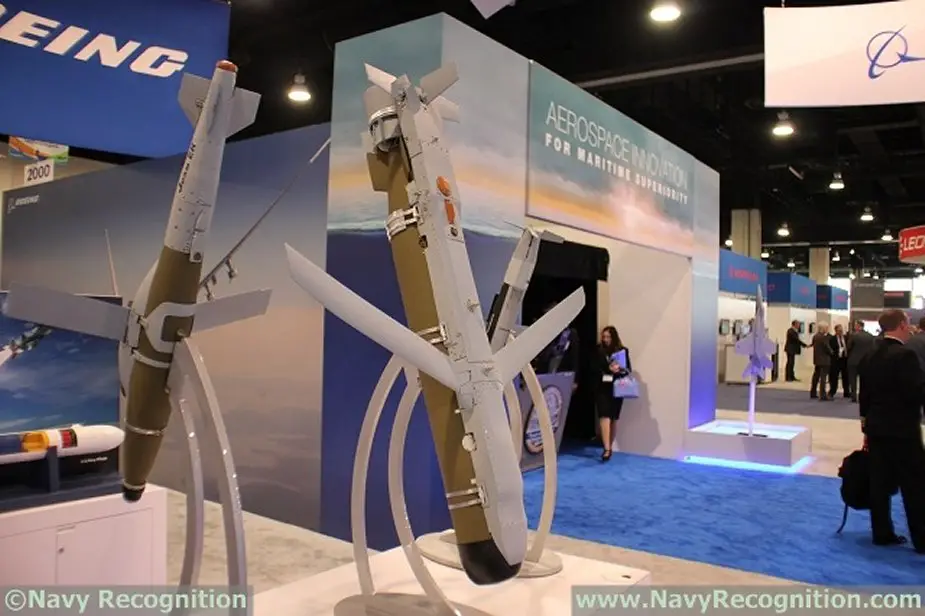Breaking news
Boeing's HAAWC reaches initial operational capability from US Navy.
According to a PR published by Boeing on November 22, 2022, the firm’s High Altitude Anti-Submarine Warfare Weapon Capability, or HAAWC, has satisfied all requirements for initial operational capability status from the U.S. Navy.
Follow Navy Recognition on Google News at this link
 Boeing HAAWC. (Picture source: Navy Recognition)
Boeing HAAWC. (Picture source: Navy Recognition)
The all-weather HAAWC enables the Boeing P-8A Poseidon to deploy MK 54 torpedoes from near or below its cruising altitude.
The milestone follows the award of a full-rate production contract for the system to Boeing in August, squadron training, and the receipt of low-rate initial production units.
HAAWC consists of a modular Air Launch Accessory, or ALA, kit that attaches to a MK 54 torpedo, transforming it into a precision-guided glide weapon.
Additional fielding of HAAWC units are scheduled through 2024, with the potential for production to continue into 2030 under the current contract.
The long-range anti-submarine warfare, anti-surface warfare, intelligence, surveillance, and reconnaissance P-8A aircraft has amassed more than 450,000 mishap-free flight-hours to date in support of broad-area, maritime and littoral operations, and performs humanitarian and search and rescue missions around the globe.
The Boeing P-8 is truly a multi-mission maritime patrol aircraft, excelling at anti-submarine warfare; anti-surface warfare; intelligence, surveillance and reconnaissance and search and rescue. The P-8 can fly higher (up to 41,000 ft) and get to the fight faster (490 knots).
Shorter transit times reduce the size of the Area of Probability when searching for submarines, surface vessels or search and rescue survivors. P-8 is also designed for low-altitude missions and has already proven its abilities supporting humanitarian and search and rescue missions.




























